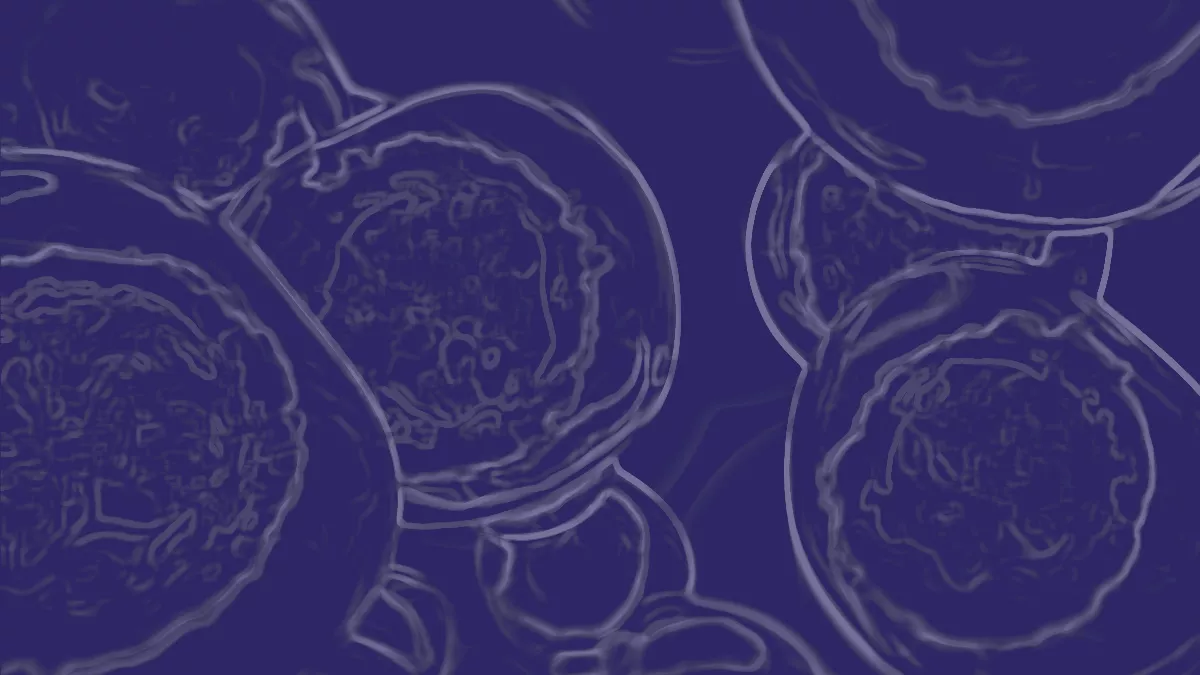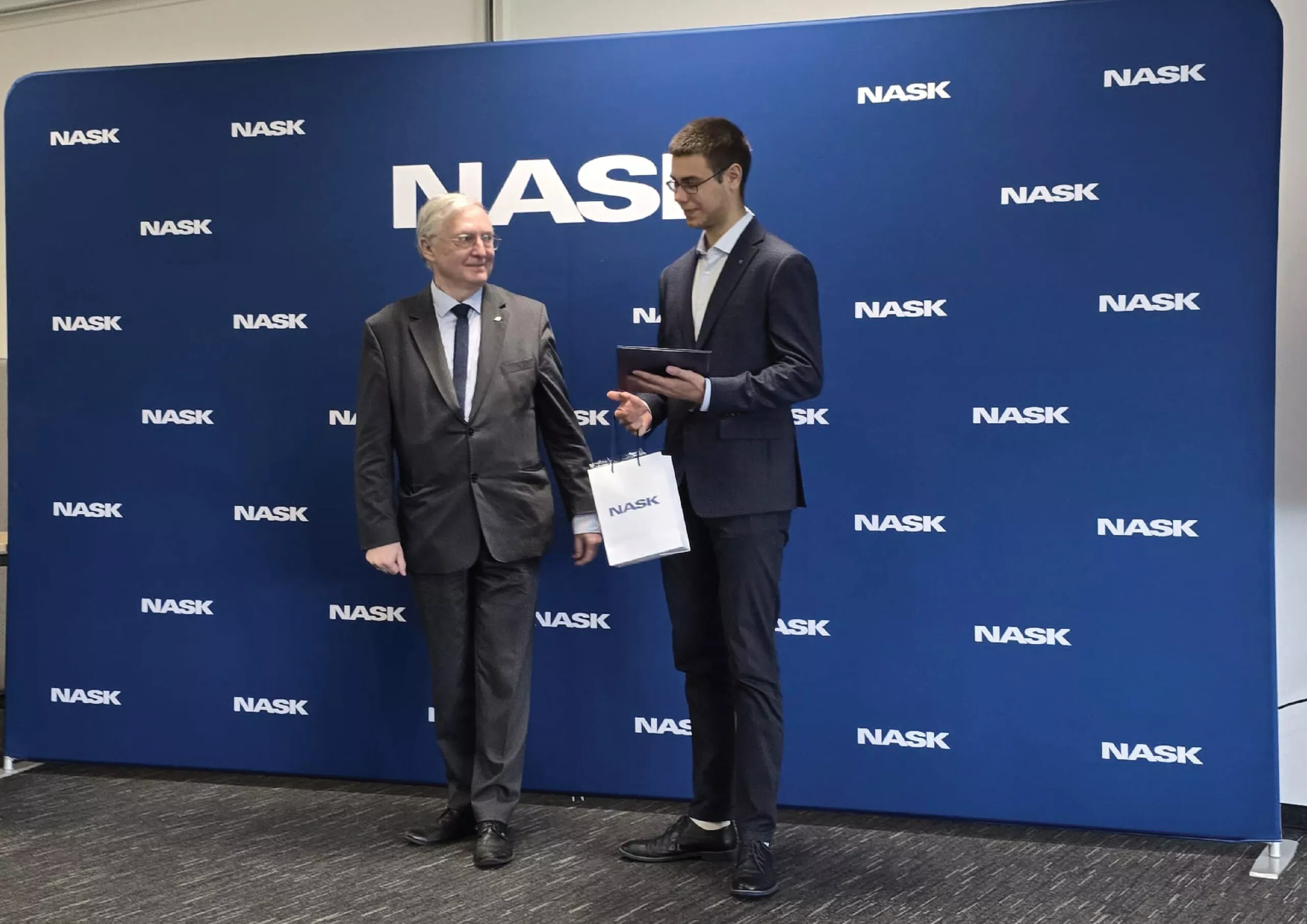
Combining molecular biology with computer science: the HPHOP tool
In collaboration with Professor Irena Roterman-Konieczna from the Jagiellonian University Medical College and Professor Katarzyna Stąpor from the Silesian University of Technology, the Sano team – Krzysztof Gądek, Tomasz Gubała and Piotr Nowakowski – developed an online tool called HPHOB – a protein hydrophobicity calculator.
The corresponding publication, “On the Dependence of Prion and Amyloid Structure on the Folding Environment”, has just appeared in the International Journal of Molecular Science (IF=5.924).
LINK: https://www.mdpi.com/1422-0067/22/24/13494
The HPHOB project is the result of long-term cooperation with the Jagiellonian University Medical College, as well as with the Silesian University of Technology. Tomasz Gubała, Piotr Nowakowski and Krzysztof Gądek, Scientific Programmers at the Sano Centre, collaborated with Professor Irena Roterman’s and Professor Katarzyna Stąpor’s teams on the project.
The protein folding problem has been the subject of scientific interest for many years. As explained in the abstract of the publication – currently available analyses of amyloid proteins reveal the necessity of the existence of radical structural changes in amyloid transformation processes. Analysis based upon the so-called fuzzy oil drop (FOD) model, and its modified form (FOD-M), enables quantification of the role of the environment, particularly including the aqueous solvent.
The starting point for analysis is the distinction between two fundamentally different methods of organizing polypeptides into ordered conformations—globular proteins and amyloids. The study reveals the source of the differences between these two paths, resulting from the properties of the external force field (including the aqueous solvent). The water environment, which, in the FOD model, is expressed as a 3D Gaussian, function directs the folding process towards the construction of a micelle-like system with a hydrophobic core in the central part and the exposure of polarity on the surface. The hydrophobicity distribution of membrane proteins has the opposite characteristic: Exposure of hydrophobicity on the surface of the membrane protein with a polar center (as in the case of ion channels) is expected. Notably, the structure of many proteins is influenced by the presence of a non-polar (membrane-like) environment. Analyzing the interplay between both factors (membrane and water) enables us to suggest the conformational preferences of proteins.
The project concerns in particular the characterization of prion proteins in relation to the hydrophobicity distribution present in amyloids. To carry out the project, the researchers relied on a program which permits calculation of FOD parameters, which is accessible upon request on the CodeOcean platform: https://codeocean.com/capsule/3084411/tree.
In order to ensure reproducibility of results and provide easy access to the computations themselves, the authors also implemented an online tool where the FOD computations can be performed on arbitrary protein structures. The application — implemented in collaboration with Sano — provides a web wrapper for the abovementioned computational component, and it is freely available at https://hphob.sano.science.
The tool created by Sano Scientific Programmers enables users to select a protein structure by entering its PDB identifier, then allows the selection of specific parts of the protein (including individual chains and secondary folds—all the way down to individual residues) and finally to run the FOD computation on the selected fragments in order to obtain RD and hydrophobicity distribution data, therefore ensuring reproducibility of results based upon the FOD model.




